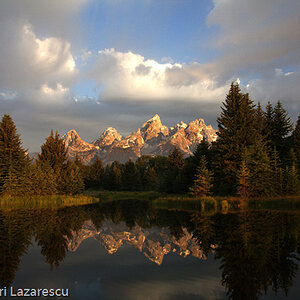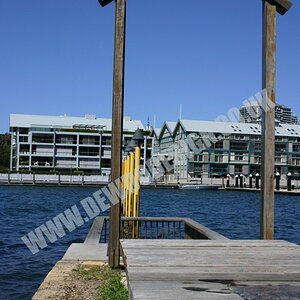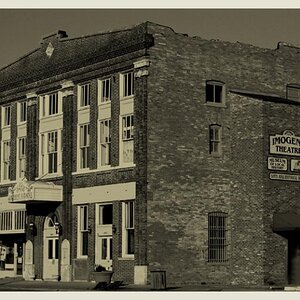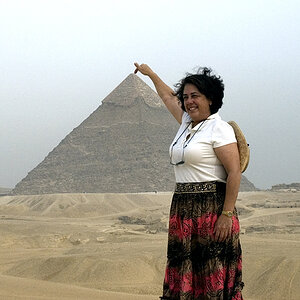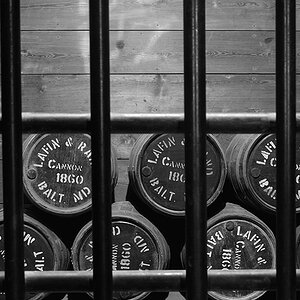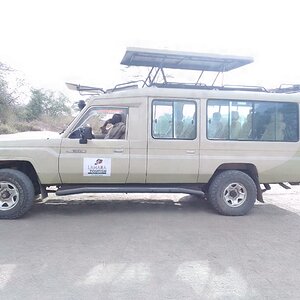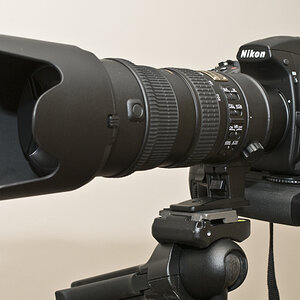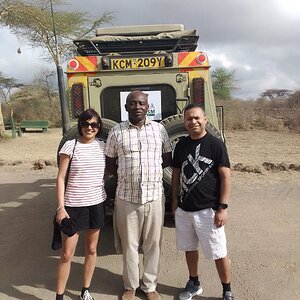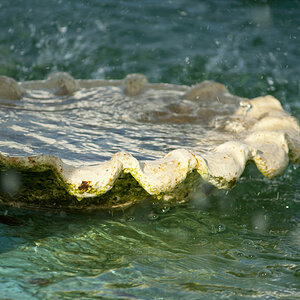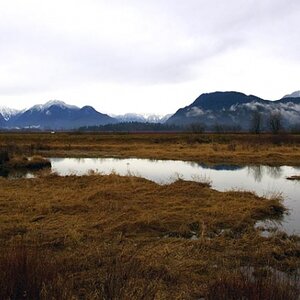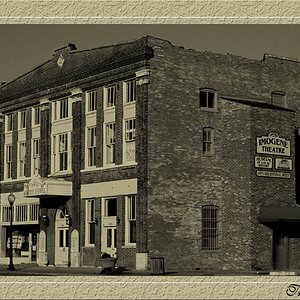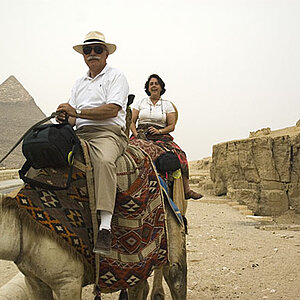eslevy89
TPF Noob!
- Joined
- Sep 9, 2011
- Messages
- 11
- Reaction score
- 0
- Location
- [email protected]
- Can others edit my Photos
- Photos NOT OK to edit
Hi guys. I'm new on these forums and I desperately seek your advice!
I've been shooting on a DSLR since February and I have just started a two year photography course at college. I just upgraded from a Canon 500D to a 5D (not the mkii) and I thought I would be happy. However, I find the ergonomics of the 5D don't suit me at all. It is very wide, heavy and makes my hand ache when I am outdoors and constantly changing the shutter and aperture settings to suit the exposure. It takes beautiful pictures with my plasticky 50mm 1.8 attached, but the poor LCD and width of the camera really get in the way for me.
I don't want fancy techno gadgets attached to my slrs - that's why I was happy purchasing the 5D. However the LCD really affects my enjoyment of the camera for some reason. I just want a camera that I can take with me anywhere, use for college assignments and do pro work to make some cash on the side. I have some money to spend, but I don't want to spend it on something that will be outdated in a couple of years. With the 5D, getting some supplementary glass will really take a chunk out of my budget. So, as I was getting tired with reading about all the specs and numbers and comparisons with DSLR bodies, I began thinking about swapping my 5D and picking up a cheaper body (a nikon D90 maybe?) and spending the rest of my cash on really good glass (if I did this I would have about 700GBP to spend on lenses). I have little invested in canon so swapping around doesn't bother me. I'm also really interested in film photography, and would love to learn the theory side of photography on a beautiful little TLR or a nikon f-series rangefinder (to compliment the D90) and get a polaroid for lighting and aperture experimentation. I picked up a D90 in my local camera store and loved the way it just slipped into my hand, it really felt like something I could carry around all day and enjoy taking pictures on, but the shop assistants told me it's getting outdated and if I want good image quality, I should go for the new D7000 or the D300 for better autofocus and sensor power.
So basically any advice on the matter would be a great help. Would I really be compromising on image quality if I swapped to the D90 or similar? Even combined with good glass? Thinking about my development as I photographer and my need for a camera that will stand up to vigorous student/pro use.
I probably sound ridiculous contemplating swapping the 5D for a D90. Should I just be happy with what I have? Will I really miss the full frame or will good glass compensate for this? I figured it was great optics that made Berenice Abbott and Ansel Adams stand out in early 20th century, but correct me if I'm wrong.
I would really appreciate any help in the matter
Thanks again guys
Emma
p.s. Here's my flickr photostream so you can get an idea of the kind of photography I've done so far. It needs updating with new pics but I haven't had the time yet.
Flickr: EmmaLevyImages' Photostream
I've been shooting on a DSLR since February and I have just started a two year photography course at college. I just upgraded from a Canon 500D to a 5D (not the mkii) and I thought I would be happy. However, I find the ergonomics of the 5D don't suit me at all. It is very wide, heavy and makes my hand ache when I am outdoors and constantly changing the shutter and aperture settings to suit the exposure. It takes beautiful pictures with my plasticky 50mm 1.8 attached, but the poor LCD and width of the camera really get in the way for me.
I don't want fancy techno gadgets attached to my slrs - that's why I was happy purchasing the 5D. However the LCD really affects my enjoyment of the camera for some reason. I just want a camera that I can take with me anywhere, use for college assignments and do pro work to make some cash on the side. I have some money to spend, but I don't want to spend it on something that will be outdated in a couple of years. With the 5D, getting some supplementary glass will really take a chunk out of my budget. So, as I was getting tired with reading about all the specs and numbers and comparisons with DSLR bodies, I began thinking about swapping my 5D and picking up a cheaper body (a nikon D90 maybe?) and spending the rest of my cash on really good glass (if I did this I would have about 700GBP to spend on lenses). I have little invested in canon so swapping around doesn't bother me. I'm also really interested in film photography, and would love to learn the theory side of photography on a beautiful little TLR or a nikon f-series rangefinder (to compliment the D90) and get a polaroid for lighting and aperture experimentation. I picked up a D90 in my local camera store and loved the way it just slipped into my hand, it really felt like something I could carry around all day and enjoy taking pictures on, but the shop assistants told me it's getting outdated and if I want good image quality, I should go for the new D7000 or the D300 for better autofocus and sensor power.
So basically any advice on the matter would be a great help. Would I really be compromising on image quality if I swapped to the D90 or similar? Even combined with good glass? Thinking about my development as I photographer and my need for a camera that will stand up to vigorous student/pro use.
I probably sound ridiculous contemplating swapping the 5D for a D90. Should I just be happy with what I have? Will I really miss the full frame or will good glass compensate for this? I figured it was great optics that made Berenice Abbott and Ansel Adams stand out in early 20th century, but correct me if I'm wrong.
I would really appreciate any help in the matter
Thanks again guys
Emma
p.s. Here's my flickr photostream so you can get an idea of the kind of photography I've done so far. It needs updating with new pics but I haven't had the time yet.
Flickr: EmmaLevyImages' Photostream



